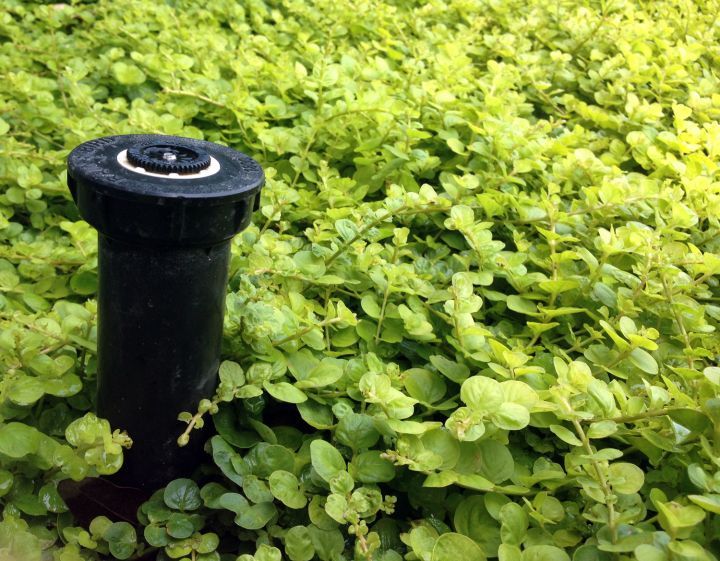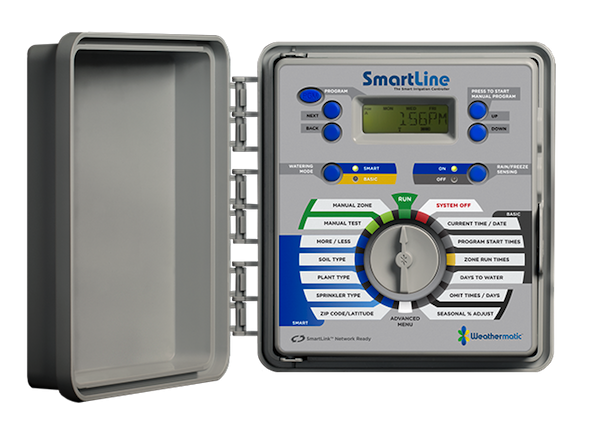Is Your Irrigation System Effective?
July 5, 2024 | By webadmin
We’ve entered the stretch of the summer where the heat begins to wear on you – and your lawn and landscape. Clouds are scarce and we can go long stretches without rain. This is the most important time of year for your irrigation system to work properly and efficiently.

Water-Stressed Plants?
We had a wet spring & early summer, so the hot dry weather may have snuck up on you recently. Your lawn and landscape plants may have taken a quick turn for the worse as conditions became very hot and dry, but your irrigation schedule didn’t change.
Signs of water stress in your landscape include:
- dulling or a light brown cast on lawn grasses
- grass doesn’t spring back when walked on
- cracks in soil
- wilting of annuals, perennials, shrubs or trees
- aborted flowers and buds
- browning leaves in trees and shrubs
- yellowing leaves or foliage loss
If you notice any of the above signs, it is definitely time to check your watering schedule.
Auditing your system
First and foremost, you should run a system test to make sure all of your irrigation heads are functioning properly and aligned correctly. Check for broken or cracked sprinkler heads that could be wasting water by flooding certain parts of your landscape while leaving others parched. Make sure the sprinkler heads are not watering the sidewalk or driveway and that water pressure seems equal throughout each zone. Or, hire a professional to do a detailed audit for you.
Make sure to check water restrictions for your city.

Once you are sure your system is functioning correctly, you should check the run times on each program & zone. If you haven’t changed run times since spring, your landscape isn’t receiving enough water and you need to increase run time. We highly recommend the cycle & soak method for watering in order to get more water to penetrate into the root zone.
Rule of thumb: your landscape needs to receive the equivalent of 1” of rainfall water per week.
New Plants & Trees
Established lawns and landscapes are better able to survive a Texas summer, but new plantings can die quickly in the summer heat -especially when it’s not raining. You will often need to hand water newly installed landscapes a couple of times per week - in addition to your irrigation system running -to help them make it through their first couple of summers. You can also use soaker hoses and drip irrigation.
Pro Tip: Watering deeply and slowly - less frequently - produces better root systems than frequent & shallow watering.
What about Trees?
During the hottest part of the summer, and dry winter months, established trees often also need supplemental watering. Drip systems or soaker hoses are a great way to slowly and deeply water trees. Remember, your trees are trying to share water with lawns & other landscape plants, so there may not be enough water to go around – even with a correctly managed irrigation system.
Get Smart
If you want to level-up your irrigation game, consider switching to a Smart Controller, which can automatically adjust for changes in seasons, temperature, and rainfall.

If you are struggling to maintain your irrigation system or think you need a system tune up, give us a call. We want to make sure your landscape survives another Texas summer.
